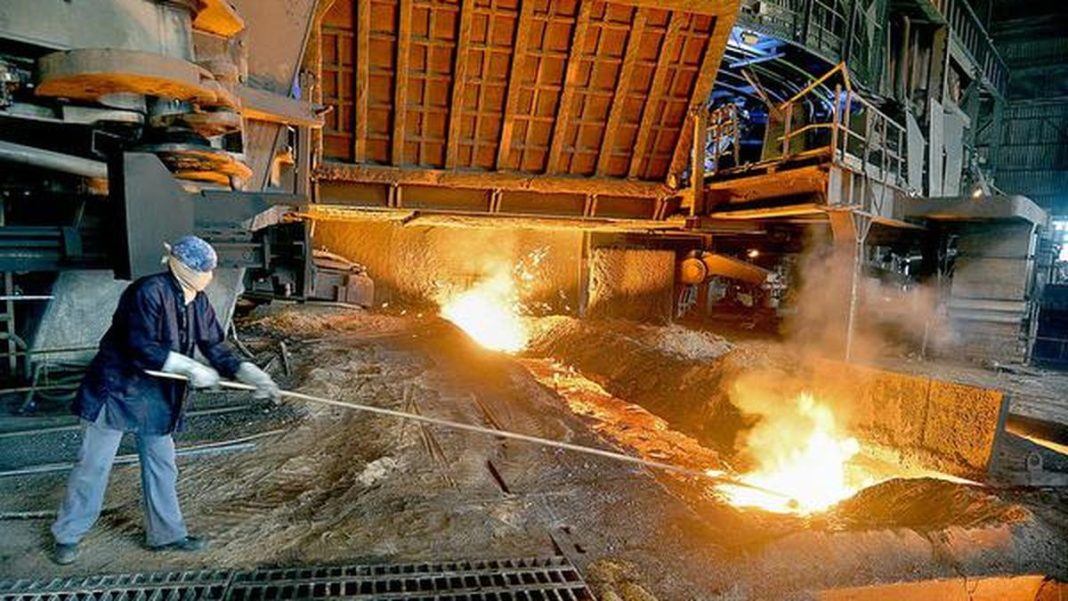Union Cabinet Approves New Royalty Rates for Critical Minerals
The Union Cabinet has approved rationalized royalty rates for graphite, caesium, rubidium, and zirconium to reduce import dependency and strengthen supply chain security for critical minerals.
Key Takeaways
- Graphite royalty shifts from per-tonne to ad-valorem basis (2-4% based on carbon content)
- Caesium and rubidium get 2% royalty rate
- Zirconium receives 1% royalty rate
- Move aims to boost domestic mining and reduce imports
New Royalty Structure Details
Graphite will now be charged on ad-valorem basis instead of fixed per-tonne rates. Graphite with less than 80% fixed carbon content will attract 4% royalty, while higher-grade graphite (80%+ carbon) gets 2%.
Caesium and rubidium face 2% royalty based on metal content in ore, while zirconium gets 1% rate.
Strategic Importance and Applications
These minerals have crucial applications across high-tech sectors:
- Caesium: Used in atomic clocks, GPS systems, and cancer therapy equipment
- Rubidium: Essential for specialty glass in fibre optics, telecommunications, and night vision devices
- Zirconium: Serves as cladding material for nuclear reactor fuel and aerospace/healthcare applications
Auction Boost and Associated Minerals
The Cabinet stated this rationalization will promote auction of mineral blocks for these minerals. The move will also help trace associated minerals like lithium, tungsten, rare-earths, and niobium found within the same blocks.
The ongoing sixth tranche of critical mineral auctions includes five graphite blocks, two rubidium blocks, and one block each of caesium and zirconium.
“Today’s approval of the Union Cabinet on the rate of royalty will help the bidders to rationally submit their financial bids in auction,” the cabinet statement emphasised.
Graphite’s Strategic Significance
India currently imports 60% of its graphite requirements. Graphite is critical for electric vehicle batteries as anode material, providing high conductivity and charge capacity.
Previously, graphite was the only strategic mineral with per-tonne royalty. The ministry stated the new system means “royalty accruals in different grades would proportionately the changes in the prices of the mineral”.
The reforms aim to boost domestic production of and support India’s ambitions.




